Table of Contents
Summary:The Statue of Unity is a massive monumental masterpiece recorded as the tallest Statue in the World, which stands at 182 meters (597 feet). It is located close to Kevadia in Gujarat, India, and represents the Indian statesman and independence fighter Vallabhbhai Patel (1875-1950). He has set one of the miscellaneous frameworks for the civilians of India, as he performed as the first deputy prime minister and home minister of independent India. Patel is widely respected for his remarkable role, which led to the formation of the single Union of India in connecting the 562 princely states of India. He was also one of the greatest and most influential advocates of Mahatma Gandhi.
The Statue is situated in the Kevadiya territory, by the Narmada River, and supervises the Sardar Sarovar Dam, approximately 100 kilometers (62 mi) southeast of Vadodara. The project was reported in 2010, and construction started in October 2013, led by the Indian organization Larsen & Toubro. The famous Indian sculptor, Ram V. Sutar, developed the Statue. It was inaugurated by the Prime Minister of India, Narendra Modi, on 31 October 2018, which celebrated the 143rd birth anniversary of Patel. The total cost of the building was ₹27 billion (US$422 million). |
Construction detail of the Statue of Unity
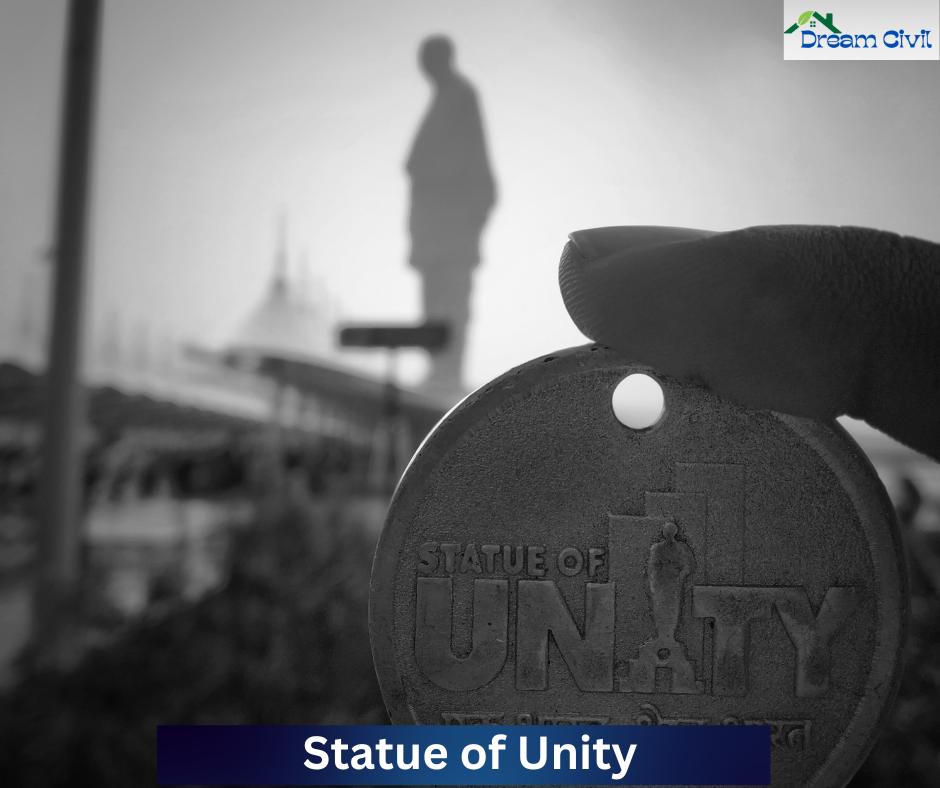
| Location | Kevadia in Gujarat, India |
| Architect | Ram V. Sutar |
| Type | Statue |
| Material | Steel framing, reinforced by concrete, and brass coating bronze cladding |
| Height | 182 meters (597 ft) |
| Construction started | 31 October 2013 |
| Construction Completed | 30 October 2018 |
| Opening date | 31 October 2018 |
| Dedicated to | Sardar Vallabhbhai Patel |
History of the Statue of Unity
The Statue of Unity is 597 feet tall, completed in 2018. The Statue is a tremendous honor for India’s first deputy prime minister, Vallabhbhai Patel, because of his fundamental figure in the country’s sovereignty action.
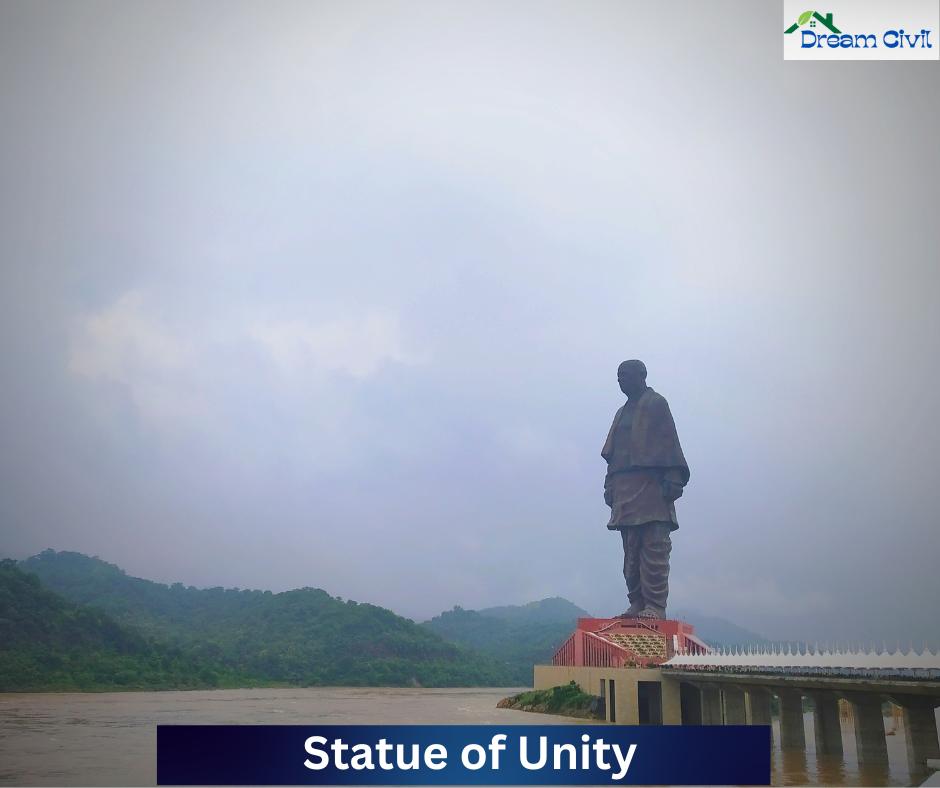
The idea of Patel for a united India had joined together various princely states into a single “Union of India,” which is honored by this iconic commemoration.
The architect of the unity of the Statue is Ram V. Sutar. The Statue is mainly dedicated and delivered as a sign of Patel’s priceless permanent contributions to the country and its effort for freedom from the British colonial administration. Patel’s most excellent visionary supervision and the unifying essence of India stand as an emphasized testament to this.
Cultural and Political Consequences of the Statue
The Statue of Unity is an ideal symbol of Indian cultural and political inheritance. It monumentalizes Vallabhbhai Patel as the inheritance of a successful leader in the Indian independence movement.
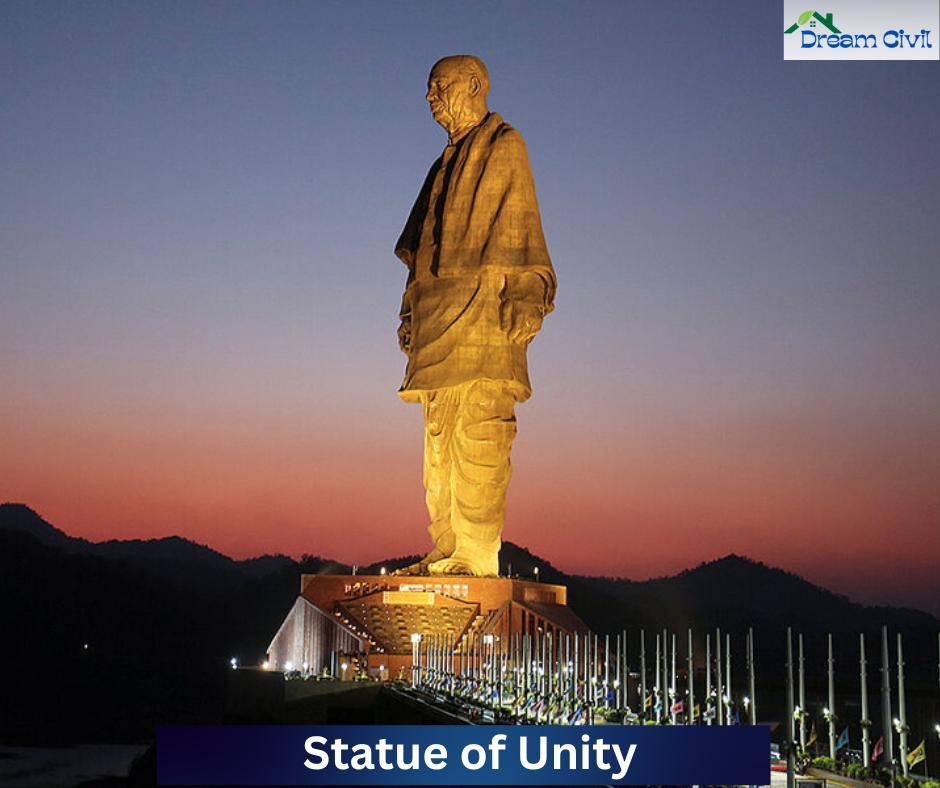
The outstanding gift of Patel to connecting India’s multifarious princely states into a harmonious nation is a testament to the strength of nationwide integration.
The Statue, regardless of honoring his legacy, also motivates future generations to aspire for harmony and unity. It highlights India’s dedication to acknowledging its historical supervisors and encouraging a more inclusive and cohesive association.
Is the Statue of Unity the tallest Statue in the World?
Yes, the Indian Statue of Unity is recognized as the World’s tallest Statue ( 597 feet ). It honors India’s first deputy prime minister, Vallabhbhai Patel. He was the greatest leader who unified the country’s princely states together. The Statue represents the Indian fight for freedom from British colonial rule. (( indie88.com ))
Funding During Construction of the Statue of Unity
The Sardar Patel statue project was a top fantasy for the then-Gujarat Chief Minister Narendra Modi in 2010. In 2013, The vision initiated bearing figures with the Sardar Vallabhai Patel Rashtriya Ekta Trust.
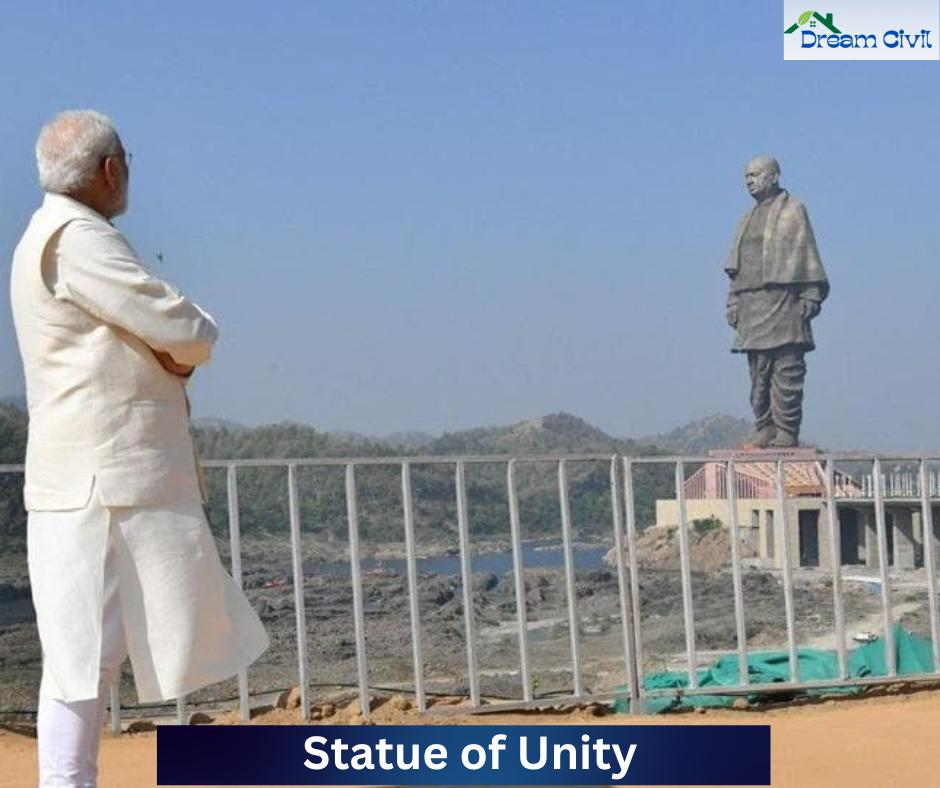
In 2014, When Modi became the Prime Minister of India, the Sardar Patel statue project earned even better momentum. The superior administration delivered a sum of Rs 200 crore in the 2014-15 funding to the Gujarat government for this objective. Since then, the Gujarat administration has been supplying budgets for the sculpture in the state allocation.
Now, the statue stands towering and proud as a symbol of harmony and nationwide integration. It is a testament to the strength of diligence and perseverance in altering a vision into actuality.
The figures demonstrate the state’s contribution to the project.
| Year | Budgetary requirements (in Rs. Crore) |
| 2018-19 | 899 |
| 2016-17 | 1066* |
| 2015-16 | 915 |
| 2013-14 | 100 |
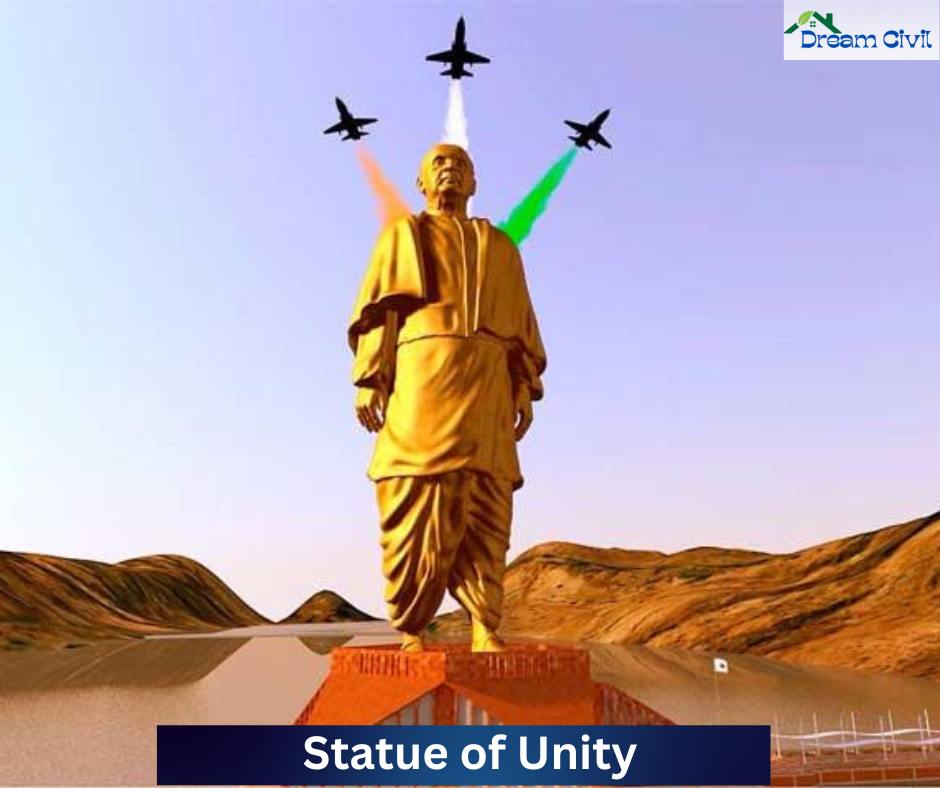
The statue’s construction was also sponsored by various PSUs (Public Sector Undertakings), which did not model well with the CAG (Comptroller and Auditor General).
In its 2018 Compliance Audit Report on General Purpose Financial Reports of Central Public Sector Enterprises of the Union Government, the CAG attacked PSU firms for financing the construction of the statute utilizing their Corporate Social Responsibility (CSR) budgets.
The CAG report emphasized that a total of Rs 146.83 crore was expended by five PSU firms, i.e., BPCL, HPCL, ONGC, IOCL, and OIL. The CAG report also equipped a disintegration of the separate amounts contributed by each of the public sector oil corporations over the years.
| Public Sector Undertaking | Amount (Rs. Crore) |
| Oil and Natural Gas Corporation Limited | 50 |
| Indian Oil Corporation Limited | 21.83 |
| Hindustan Petroleum Corporation Limited | 25 |
| Oil India Limited | 25 |
| Bharat Petroleum Corporation Limited | 25 |
(( India today. in ))

